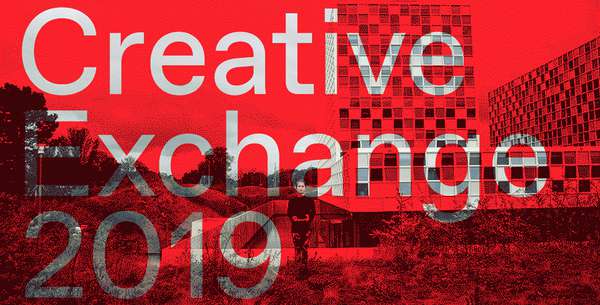Idea by
Katerina Frejlachova, Miroslav Pazdera, Tadeas Riha, Martin Spicak
Call for ideas 2019
Logistics Landscapes
Logistics Landscapes
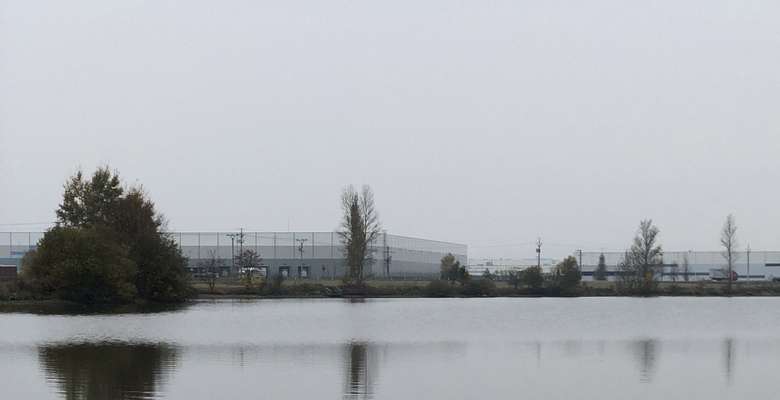
- Systemic changes
Logistics is powered by differences. In Europe, one of the most potent differences is the one between the cultural/economic and the physical distances of the East and the West.
The combination of cheap labour, advantageous location and growth of online shopping formed fertile ground for the recent growth of logistic centres in Eastern Europe. However, when Logistic parks grow, it is not to say that the cities grow with them. Majority of logistic parks in Czechia, for instance, serve western European markets. What matters is their proximity to the Germany, rather than the purchasing power of the nearest Czech city. As a result, these parks are often built in island-like remote locations, without access to public transport or amenities.
The logistic apparatus in Eastern Europe often ‘deploys’ architecture in an almost militant fashion. There is a lot to criticise and still a lot more to learn from this process with implications to our understanding of Work, Leisure, and Territory.
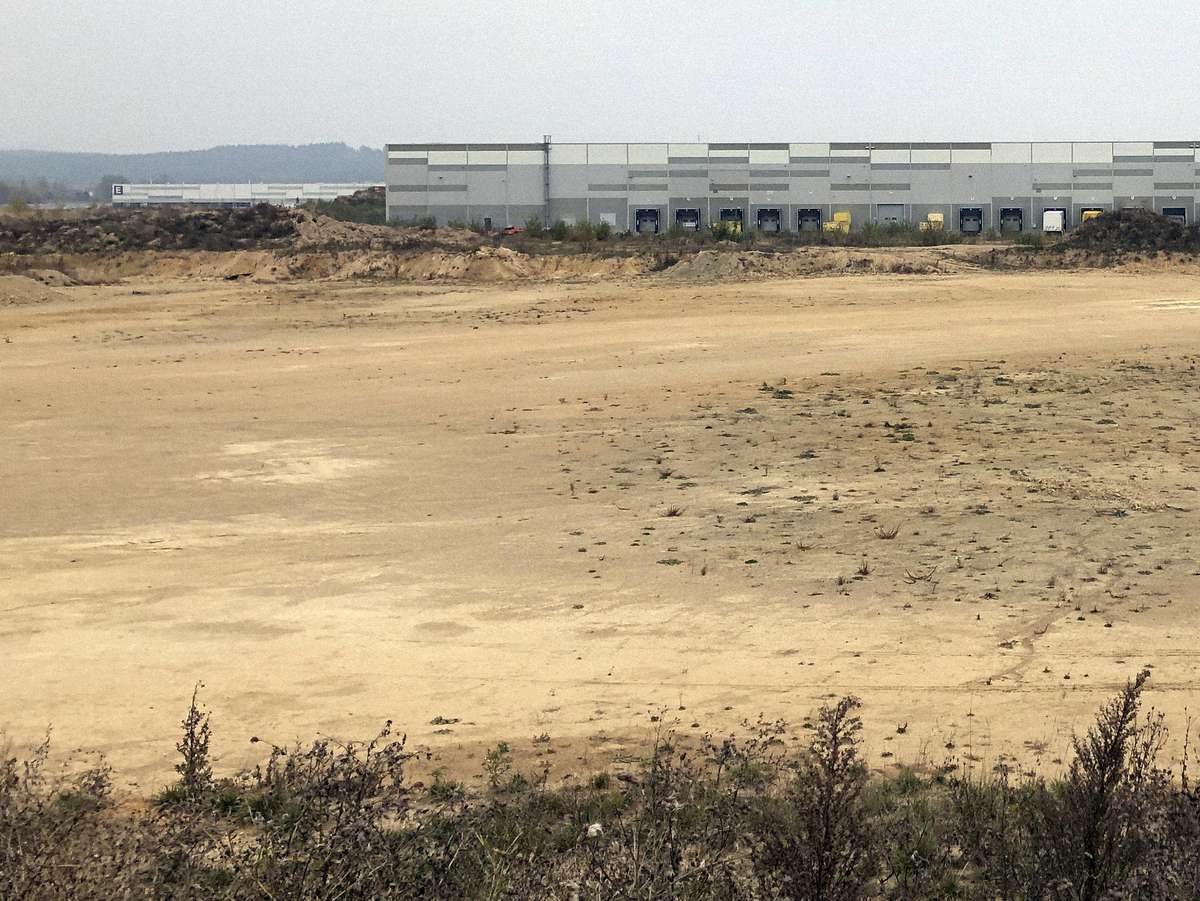
Logistic parks overstep the boundary of architecture if they ever belonged to it in the first place. Their footprint is often measured in hectares rather than square meters. They are strictly single storied. They are but covered cut-outs of the land they occupy. Photograph of CT Park Bor, West of Czech Republic, photo by Logistics Landscapes
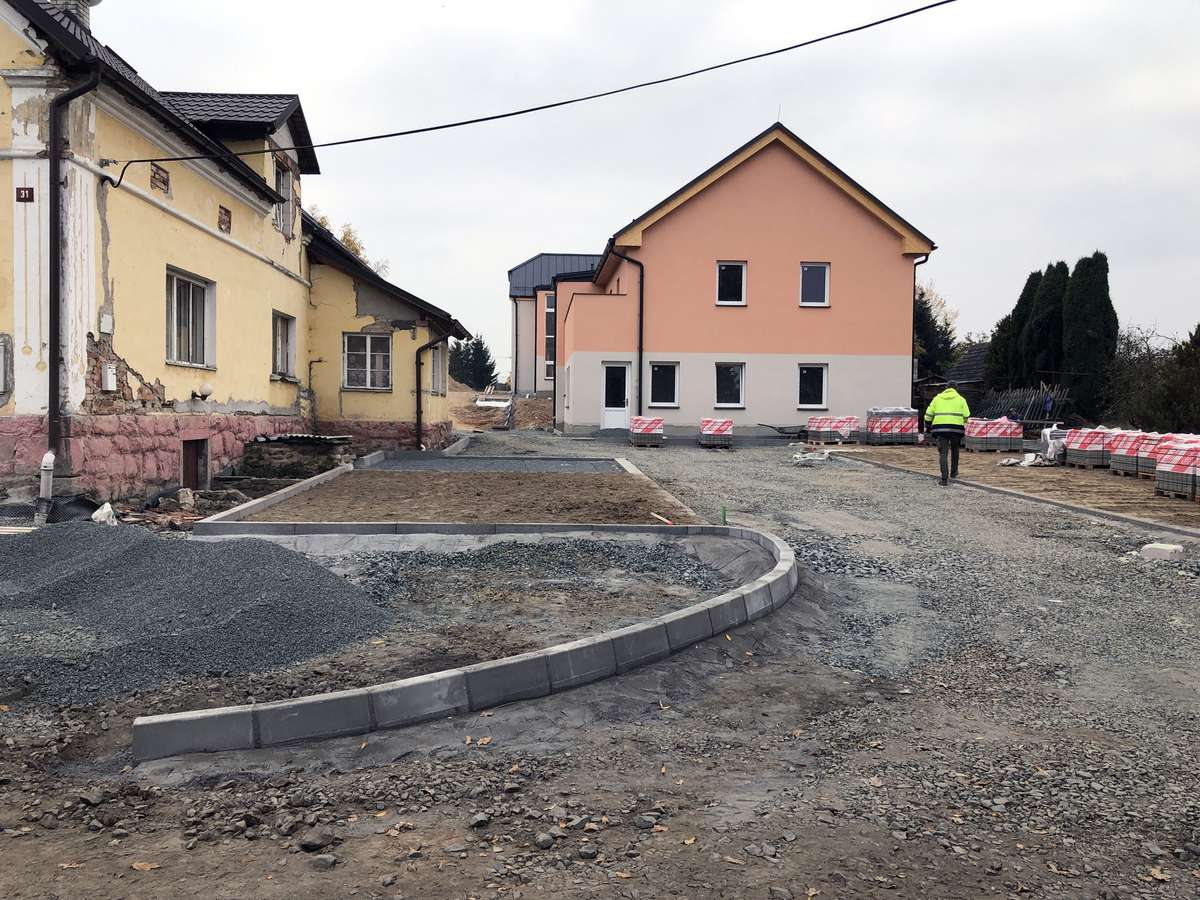
Logistics Landscapes are inhabited landscapes. Due to their often insular locations, they are far from the reach of any civic, not to say urban, amenities. Accommodation of their workers needs to happen within the limits of the parks in purpose-built dormitories built in the surrounding small villages.
Photograph of the newly built accommodation in Ostrov (Island) Village will accommodate around 30 seasonal workers. West of Czech Republic, photo by Logistics Landscapes
Logistics Landscapes
Logistics Landscapes

- Systemic changes
Logistics is powered by differences. In Europe, one of the most potent differences is the one between the cultural/economic and the physical distances of the East and the West.
The combination of cheap labour, advantageous location and growth of online shopping formed fertile ground for the recent growth of logistic centres in Eastern Europe. However, when Logistic parks grow, it is not to say that the cities grow with them. Majority of logistic parks in Czechia, for instance, serve western European markets. What matters is their proximity to the Germany, rather than the purchasing power of the nearest Czech city. As a result, these parks are often built in island-like remote locations, without access to public transport or amenities.
The logistic apparatus in Eastern Europe often ‘deploys’ architecture in an almost militant fashion. There is a lot to criticise and still a lot more to learn from this process with implications to our understanding of Work, Leisure, and Territory.
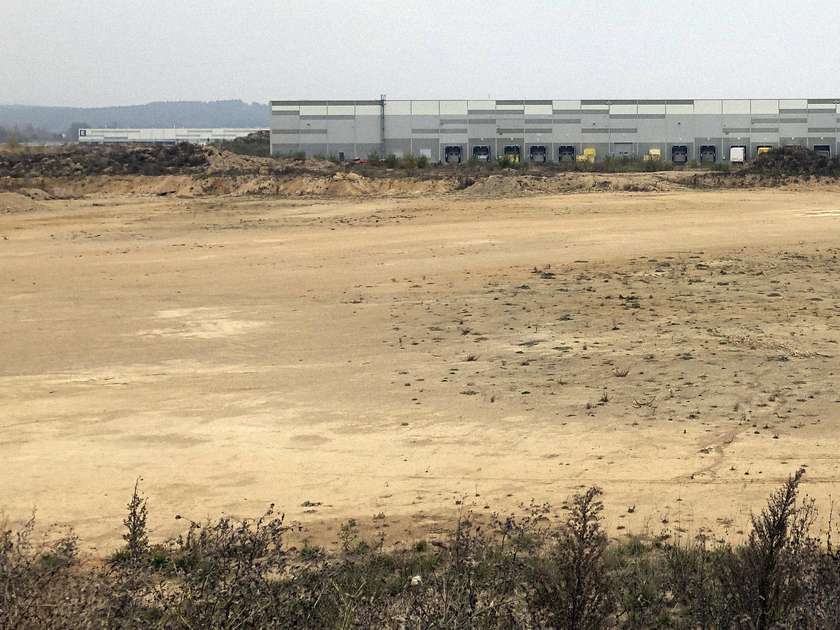
Logistic parks overstep the boundary of architecture if they ever belonged to it in the first place. Their footprint is often measured in hectares rather than square meters. They are strictly single storied. They are but covered cut-outs of the land they occupy. Photograph of CT Park Bor, West of Czech Republic, photo by Logistics Landscapes
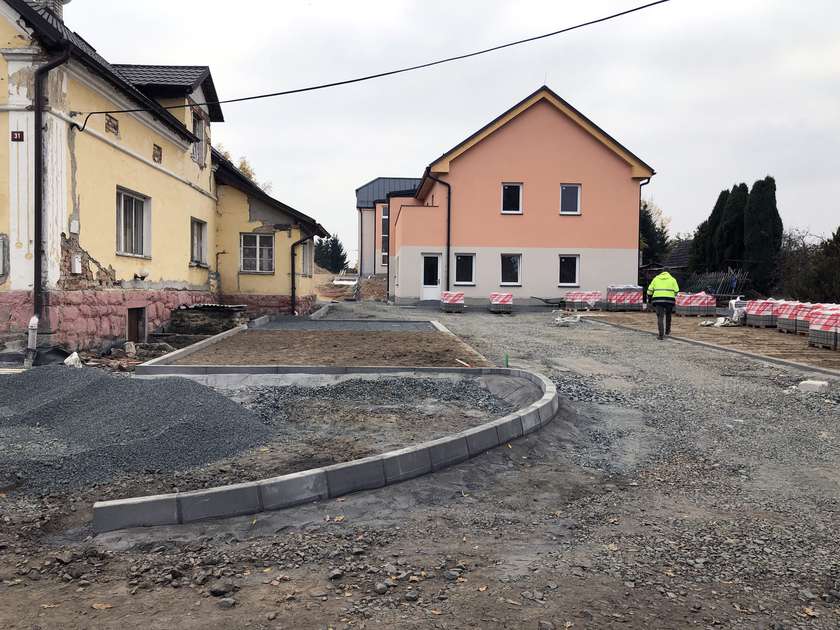
Logistics Landscapes are inhabited landscapes. Due to their often insular locations, they are far from the reach of any civic, not to say urban, amenities. Accommodation of their workers needs to happen within the limits of the parks in purpose-built dormitories built in the surrounding small villages.
Photograph of the newly built accommodation in Ostrov (Island) Village will accommodate around 30 seasonal workers. West of Czech Republic, photo by Logistics Landscapes
